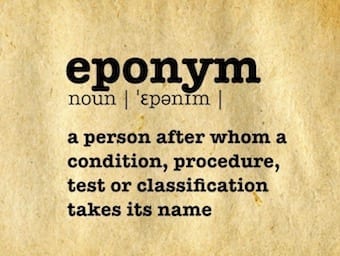
Power and Sample Size
It is unethical and a waste of time and resources to embark on a study when there is a high chance of a false negative result (Type II error). The commonest cause of this is having a sample size that is too small

It is unethical and a waste of time and resources to embark on a study when there is a high chance of a false negative result (Type II error). The commonest cause of this is having a sample size that is too small

Qualitative data consists of categorical measurements determined by description rather than a numerical measurement

John Snow (1813-1858) was an English physician. Snow is considered one of the fathers of modern epidemiology (the cholera cartographer); and a leader in the development of anaesthesia, medical hygiene and public health.

Reviewed and revised 26 October 2016 OVERVIEW Obesity has significant implications for the assessment, management, and outcomes of trauma The relationship between obesity and negative outcome from injury has been controversial INJURY PATTERNS Obese patients tend to have lower overall…

Initial Trauma Assessment: ATLS approach

A syndrome caused by systemic embolisation of fat globules released into the circulation following trauma or surgical procedures

Those with facial injuries have a high chance of having other serious injuries: TBI; airway obstruction; pulmonary contusion; aspiration

Revised and reviewed 15 August 2015 OVERVIEW The extremities are the most common sites of arterial injuries in the civilian setting 50% to 60% of injuries occur in the femoral or popliteal arteries 30% in the brachial artery Extremity arterial…

Cervical Spine Assessment; controversial issue; 5-10% of severe TBI have an associated unstable cervical fracture

Burns Literature Summaries

Steps in preventing Continuous Renal Replacement Therapy circuits from clotting

Indications, timing and patient selection for RRT. Usual indications for RRT can be "renal" or "non-renal" - these can be summarised using the UFAKE mnemonic